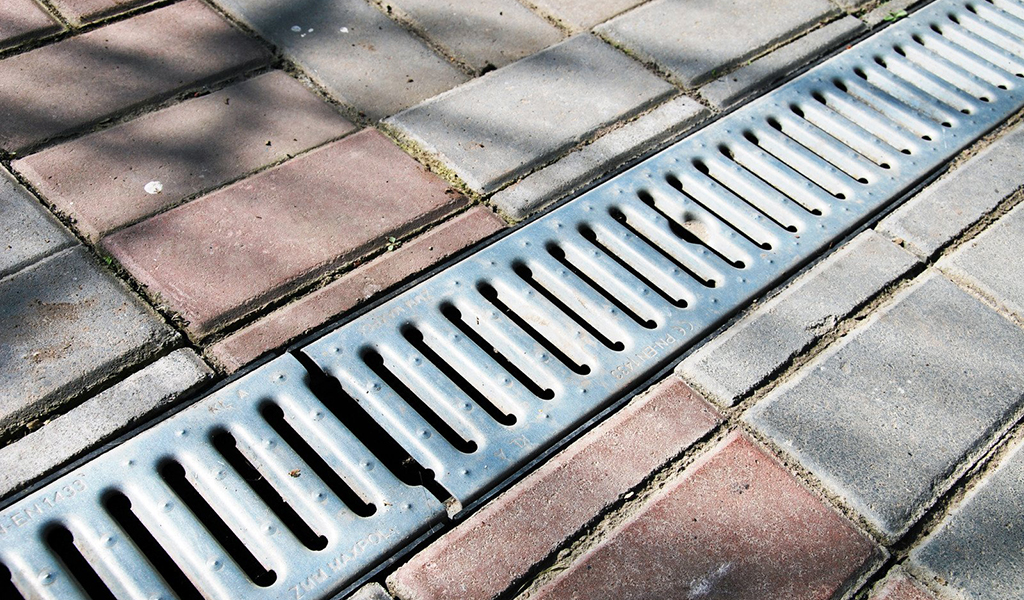Installing an Outdoor Drainage System: Keep Your Property Dry and Safe
Naturally, homeowners understand the necessity of an effective outside drainage system in keeping their property safe and dry. A system such as this may redirect water away from your property, reducing the risk that your property faces due to floods, etcetera. Discover on this page different options for outdoor drainage systems along with their benefits as well as how they are set up, including drainage solutions to address various water-related challenges.
What is an Outdoor Drainage System?
A drainage system is normally made up of the pipes, channels and drains constructed around a building’s perimeter to collect and carry away surface water such as rain, snowmelt and drain it away. Exterior drainage systems are also applied for preventing water from pooling near the foundation of a house. Most exterior drainage systems are installed either along the property’s perimeter or in low-lying areas or near downspouts where water tends credit manager. A drainage system can also be installed for the use of this water coming off your roof for other purposes. Many rooftop chemicals may become laden in such water, and it poses a public health risk if it drains near the foundation.
Why is it important to install an Outdoor Drainage System?
Install a drainage system outside your home to protect your foundation as well as keeping your landscaping looking good as well an opportunity of flooding. Soil erosion which leads to problems like collapsed foundations as well as sinkholes should also not be taken lightly.
Water protection: Setting up outside drainage system might help keeping your home safe from flooding might. Some other kinds of damages that your home is tomorrow vulnerable to include structural integrity, furnishings and adornment. You can prevent this kind of damage in you make by putting an outside drainage system.
Keep your landscape safe: Too much water will ruin your landscaping making it ugly plus hard to care for. However, you can keep your lawn, trees and the plants looking good in an outdoor drainage system so that extra water doesn’t damage them.
Prevention of soil erosion: Similarly, installing drainage system in the yard also helps to avoid soil erosion. Soiling of buildings and sinkholes can be due to water accumulation resulting a soils erosion. Establishing an outdoor drainage system helps avoid such problems.
Reducing the risk of flooding: Yes, you could flood your home and belongings if you live in an area that has a real possibility of doing so. Having outside drainage installed might help protect your home and belongings from floods if you happen to live in a high-risk location.
Types of Outdoor Drainage Systems
There are different kinds of outdoor drainage systems. Every single one has its benefits and drawbacks set within the kind of market that is best known for it. The most popular ones below:
- French Drain
A French drain is an outdoor drainage system enclosing a perforated pipe encased in gravel. The French drain is positioned at the ditch away from the house and directed water away from the base of the structure. - Dry Well System
The dry well system works with a well-laid pebbles or gravel in catching and storing runoff. The water slowly seeps into the ground below. It is fine for places where a French drain or some other drainage system would take up too much room. - Swale Drainage Systems
Swale drainage systems work collecting water in a shallow ditch or depression and then channeling away from your home. The swale is lined with rocks, other materials to aid with water filtration and preservation of soil. - Channel Drain
Rainwater in driveways or patios, or even pathways could be very useful for a channel drain. A trench or channel is dug to collect rainwater and channel it away from your home. - Rain Garden
Rain garden utilises plants and other organic matters acting as sort of drainage system outdoors. Water slowly seeps back into the ground. Places that get many rainy days can take advantage of this drainage system design. - Sump Pump
The sump pump functioned as an outdoor drainage system taking the form of a pump which is used to remove excess water from your property. Normally, the collected water fills the surrounding area in such pit or basin where the pump was installed. Sump pumps are mostly applied for affected by lots of groundwater or places prone to flooding problems.
Choosing the Right Outdoor Drainage System
When choosing an outdoor drainage system, consider the following: How much rainfall does your place receive? What kind of slope do you have in your property? Also take into consideration what kind of soil that you are working with. Some systems may work better than others depending on the situation at hand. Working together with professionals can help come up with a good choice for you.
Installing an Outdoor Drainage System
Installing an outdoor drainage system can be a complicated process but with the right tools and know-how, it can also be done relatively fast. These are steps in installing an outdoor drainage system:
- Step 1: Planning and Designing
Before you install your outdoor drainage system, you have to plan and design the system. This involves deciding where water tends to accumulate throughout your house or yard, choosing whichever type of system suits best for your particular situation, mapping out the layout of the system as well. - Step 2: Preparing the Area Next
You have to prepare area where you are going to install the drainage system. This might entail removing any obstacles or debris as well as marking off areas where the system will be installed and making sure that the area is level in nature. - Step 3: Digging Trenches
Once the area is prepared, you can dig trenches for the drainage pipes. Ensure that they are deep enough to have room for the pipes and drain properly. - Step 4: Laying the Drain Pipes
Once the trenches have been dug, you are ready to lay the drain pipes. Ensure that they’re laid properly so drainage will be effective, and connect them up with any downspouts or other drainage systems which you may have. - Step 5: Installing the Drainage System
Installing the drainage system could be as easy as installing a dry well, a swale, a channel drain, rain garden or even install the sump pump. - Step 6: Testing the System
Once the system is put in place, it’s important to test this out to see if this really is working as intended. This might mean running water through the system or waiting for rainfall so you can see how well the system handles the water. - Step 7: Maintenance
Also, don’t forget to keep your outdoor drainage system maintained so it keeps functioning as designed. Maybe here and there clear away any debris that accumulates in the system checking for any leaks or damages. Make sure all are set properly so proper drainage occurs.
Proper maintenance and proactive measures are essential to mitigate common septic tank problems. Regular inspections, timely repairs, and adherence to preventive measures can help avoid costly repairs, property damage, and health hazards associated with septic tank malfunctions. By understanding the signs and causes of septic tank problems, homeowners and property owners can take appropriate actions to ensure the smooth operation of their septic systems. Whether it’s installing a new system, repairing an existing one, or providing regular maintenance, AC plumbers in Brisbane offer expertise and professional solutions to meet the diverse needs of residential and commercial customers.




